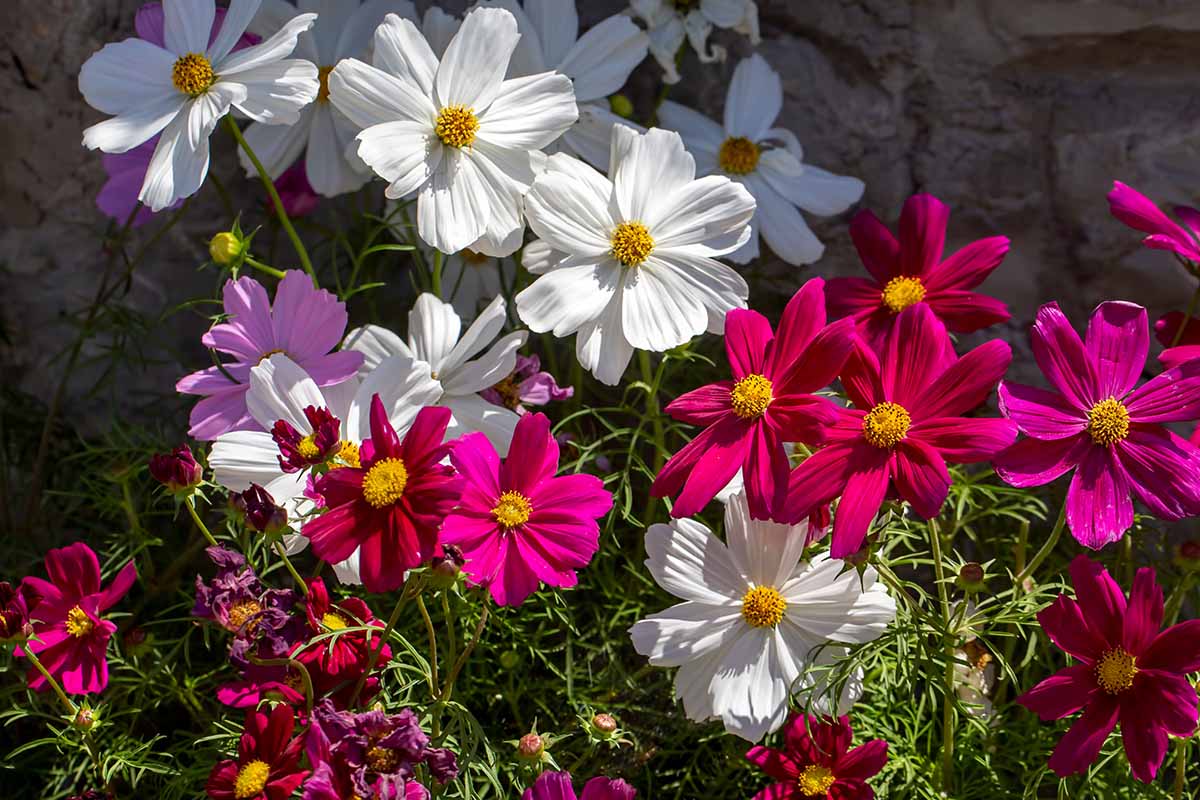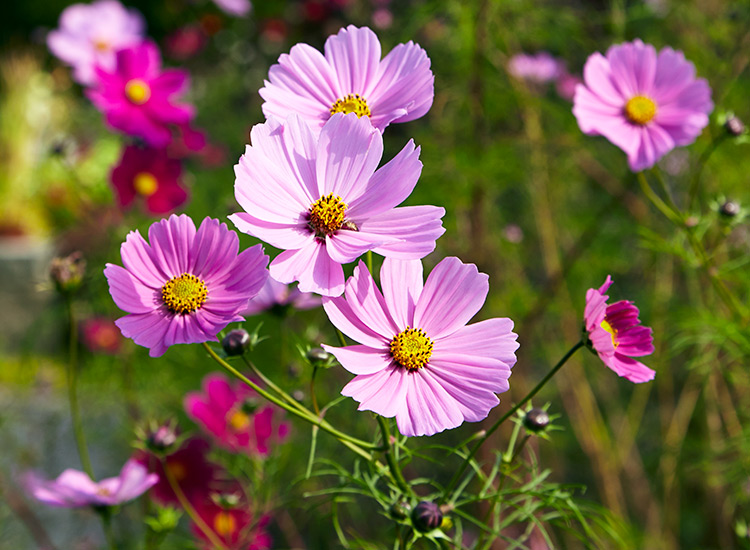Cosmos, also known as Kosmeya, is a versatile herbaceous plant belonging to the Astrov family. Resembling ordinary chamomiles, it boasts a beautiful and extended flowering period from June to October, making it a popular choice in horticulture.
The ease of cultivation and propagation through seeds adds to its appeal, making it important to know when and how to plant cosmea from seeds and care for it.

Commonly found in warm climates, two popular types of cosmea thrive in our territory:
Double-feathery cosmea: An annual with large, single or grouped flowers in various colors like red, pink, purple, and white. It stands tall at around 1.5 meters and features finely dissected feathery leaves.

Blood red cosmea: Notable for its deep red buds, this variety grows to about 90-100 cm in height and emanates a delightful chocolate aroma.

These types have given rise to numerous varieties and hybrids, including popular ones like Rose Bonbon, Psyche, Snow White Marshmallow, and Terry Button.
Propagation of cosmea is primarily done through seeds, which can be sown directly in open ground for later flowering or through seedlings for early blooms. Sowing should be done in late March or early April, with favorable lunar calendar days being March 15, 16, 21, 22, and April 6.

Cosmea seeds can be purchased at florist shops or collected from existing plants on your property. The planting site should be well-lit with fertile, loose, and fresh soil containing organic fertilizers and sand.
Growing cosmea seedlings is a straightforward process, with any planting container with drainage holes being suitable. After germination, thinning and pinching can be done to promote healthy growth and branching.

Transplanting the seedlings into the garden should be done after the risk of frost has passed, typically by the end of May. Cosmea is drought-resistant, but young plants require regular watering to establish.
Fertilizing is optional but can be done with low-nitrogen mineral formulations during the budding stage. Taller cosmea plants may need support, and deadheading can encourage more abundant and prolonged flowering.

With its adaptability, cosmea rarely succumbs to diseases or pests, making it a favored choice for various garden designs, including beds, flower gardens, and hedges. Its simplicity and colorful blooms make it a delightful addition to any landscape.




